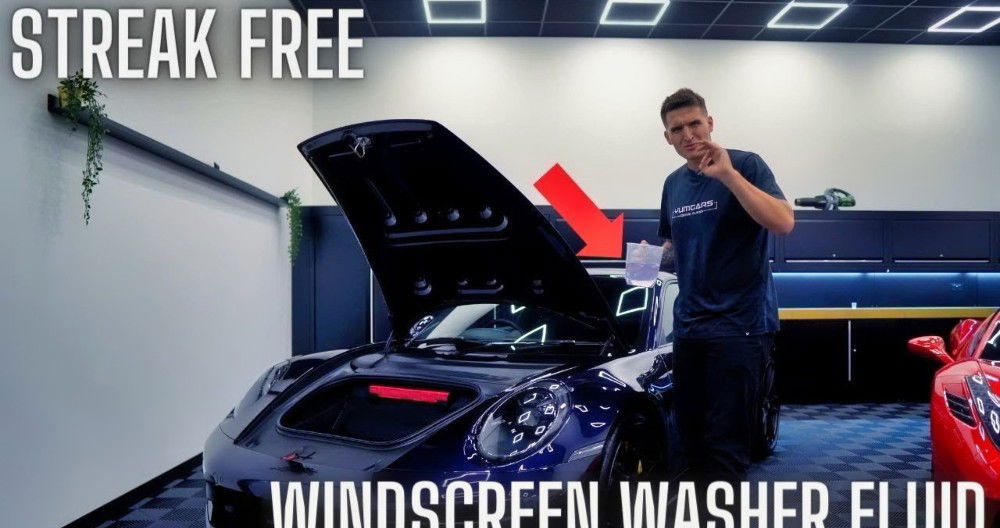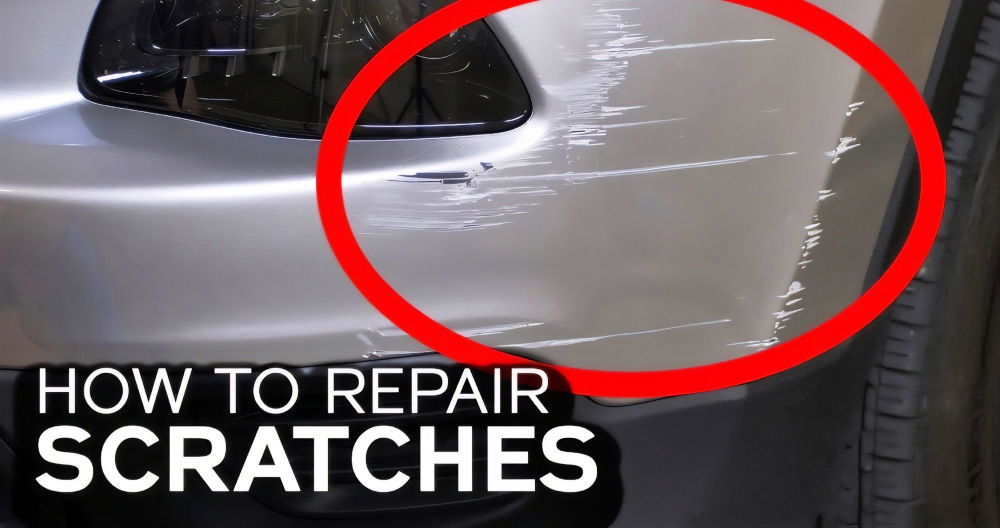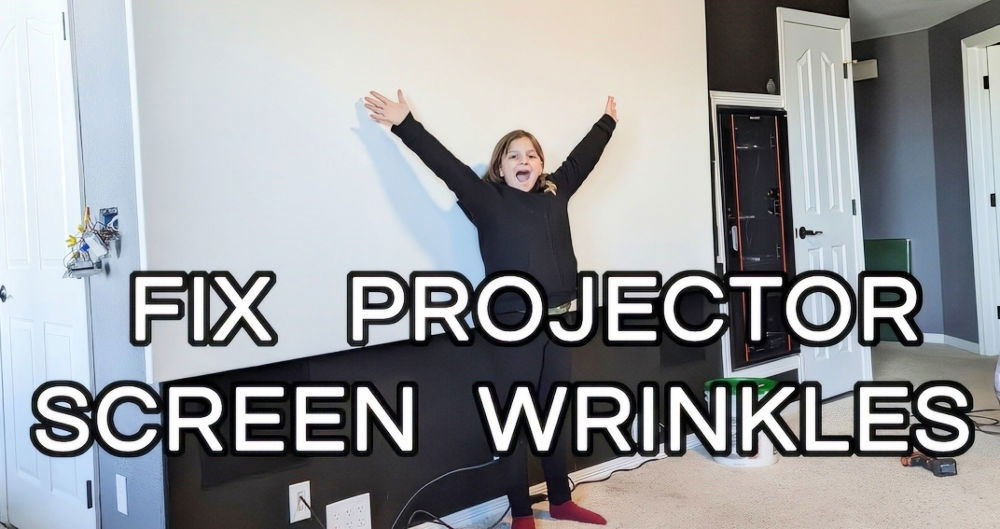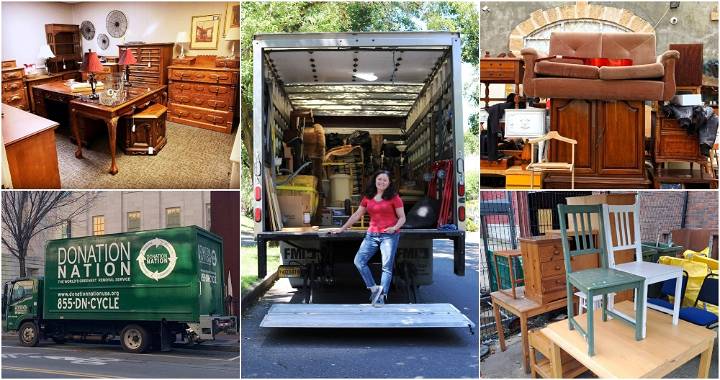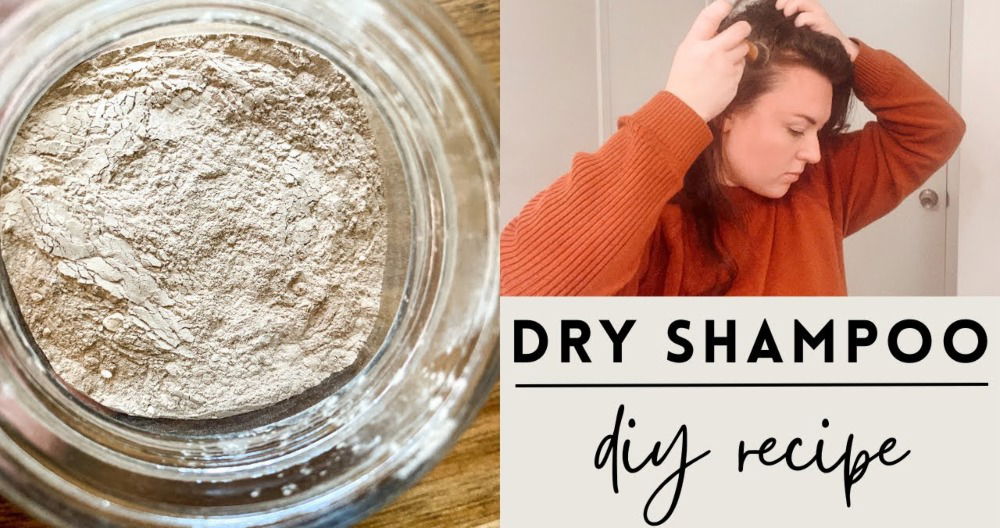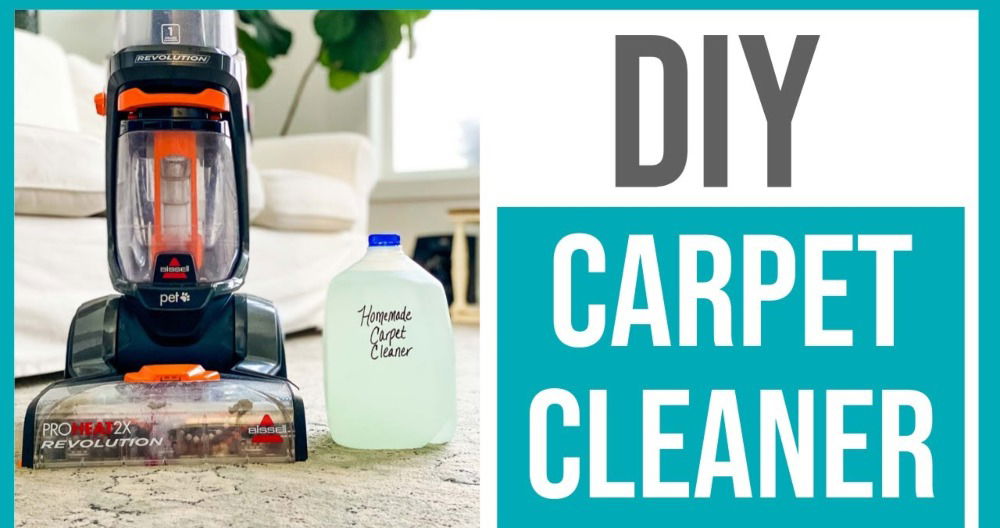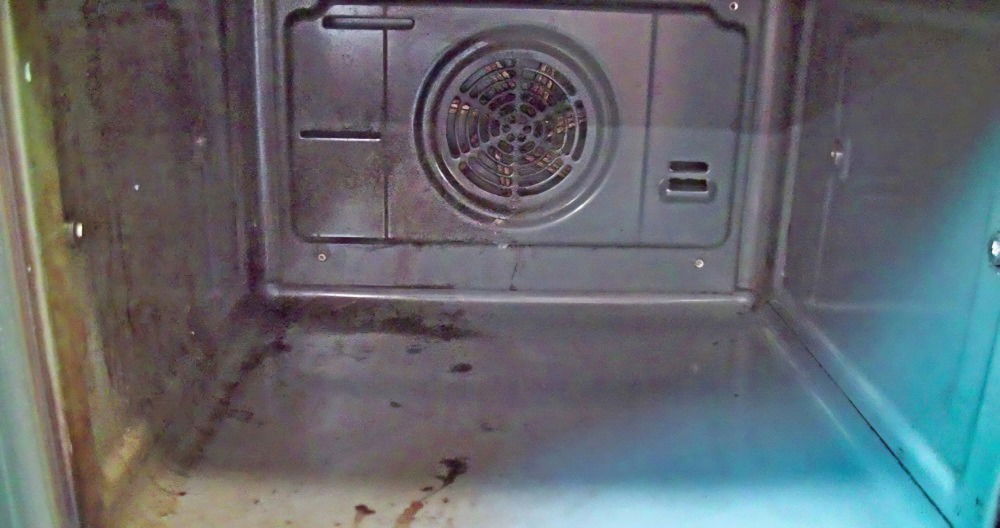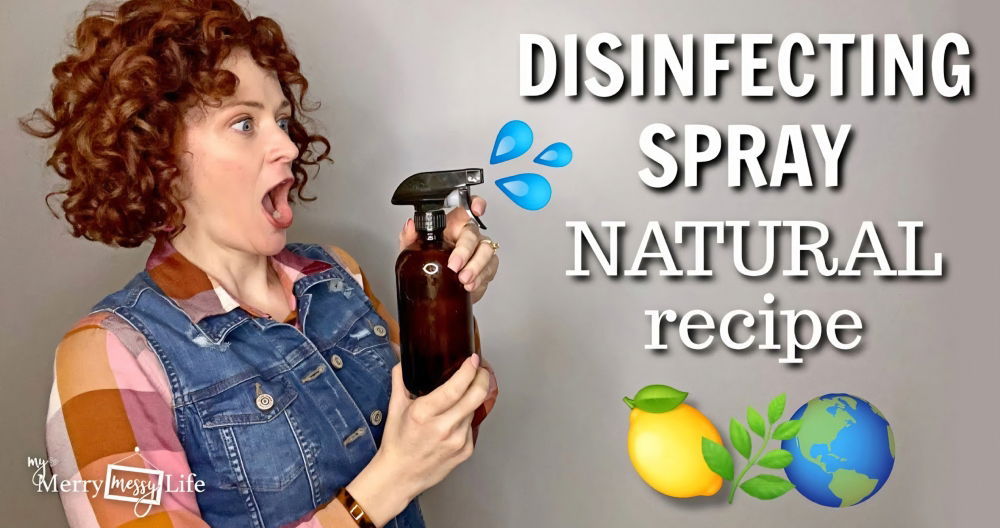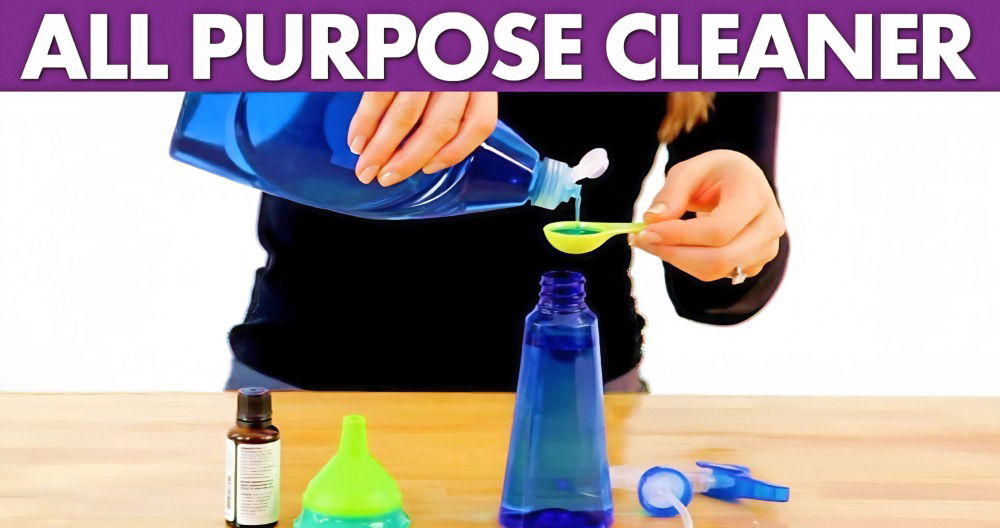Cracks and chips in windshields can be a frustrating issue for drivers, but fixing them is often simpler than you might think. Learning how to fix a cracked windshield or a chipped windshield can save you time and money. There are plenty of effective DIY windshield chip repair kits available that guide you through the process with step-by-step instructions. These kits allow you to achieve professional results from the comfort of your own garage.

Repairing windshield damage yourself not only keeps your vehicle looking good but also prevents the issue from spreading further.
Ready to tackle your windshield repair? Dive into our next section for detailed steps and tips on achieving the best results.
Understanding Windshield Cracks
When you notice a line or a web-like pattern on your windshield, it's likely a crack. Understanding these cracks is key to deciding how to fix them and knowing when to act. Here's what you need to know in simple terms.
What Are Windshield Cracks?
Windshield cracks are breaks or splits in the glass. They can be thin lines or spread out like a spider's web. These cracks weaken the windshield and can grow larger over time.
Types of Windshield Cracks
There are several common types of cracks:
- Chip: A small spot where a piece of glass is missing.
- Crack: A clear line in the glass that can be short or long.
- Bullseye: Circular damage that looks like a target.
- Star: A series of lines that spread out from a central point.
Why Do Windshield Cracks Happen?
Cracks can happen for many reasons:
- Impact: Something like a stone hits the windshield.
- Stress: Changes in temperature or pressure cause the glass to crack.
- Quality: Sometimes the glass itself has defects.
Can Cracks Spread?
Yes, they can. Changes in weather, driving, and even the car's heater can make cracks get bigger.
How to Stop Cracks from Spreading
Quick action can stop a crack from growing:
- Use clear tape as a temporary fix.
- Avoid sudden temperature changes.
- Get a repair kit or professional help if needed.
Materials Needed and Why:
- Windshield Repair Kit: The hero of the day. It contained everything I needed: a resin adhesive, applicator, and a curing film. This kit is key because the resin fills in the crack/chip, making it nearly invisible and stopping it from spreading.
- Rubbing Alcohol and Cloth: To clean the damaged area thoroughly before applying the repair resin. It's crucial for the resin to adhere properly.
- Razor Blade: To scrape off any excess resin after it cures for a smooth finish.
- Gloves: To keep your hands clean and avoid getting oils on the windshield, which could affect the repair.
Step by Step Instructions
Learn how to fix a cracked windshield step by step, from assessing damage to applying resin and finishing touches. Your guide to windshield repair.
Step 1: Assess the Damage
Firstly, I ensured that the crack was smaller than 12 inches. This site is crucial because most repair kits are only effective on damages that size or smaller. Thankfully, my crack was just about 4 inches long. Also, I checked to make sure there was a point of impact, as this is necessary for the resin to enter and do its magic.
Step 2: Clean the Area
Using the cloth and rubbing alcohol, I cleaned around the damaged area thoroughly. It's vital to remove all dirt and debris because any left behind could get sealed in by the resin. A clean surface ensures the resin adheres well, making the repair last longer.
Step 3: Setting Up the Applicator
Following the instructions in the kit, I attached the applicator to the windshield over the chip. Making sure it's centered and secure is crucial for an even application of the resin.
Step 4: Applying the Resin
I opened the resin adhesive from the kit and filled the applicator. The kit I chose was user-friendly, with clear directions on how much resin to use. After filling, I used the injector tool to push the resin into the crack.
Step 5: Curing the Resin
After the resin was applied, I exposed it to sunlight for curing. The kit specified 20 minutes, but that can vary based on your repair kit and the weather. This step is crucial because the UV light from the sun hardens the resin, completing the repair process.
Step 6: Finishing Touches
Once cured, I carefully removed the applicator. There was excess resin on the windshield, which I expected. Using the razor blade, I carefully scraped it off, leaving a smooth surface.
The Results:
I was honestly impressed. The crack that had once been a glaring blemish on my windshield was now barely noticeable. Driving was no longer a distraction, and my windshield was just as sturdy as before.
Advanced Techniques and Innovations
The world of windshield repair is rapidly advancing, with new technologies and methods emerging to ensure that your car's glass remains as safe and clear as the day it was installed. Here's a look at some of the latest innovations that are changing the way professionals and DIY enthusiasts approach windshield repair.
Smart Windshields
Imagine a windshield that not only protects you from the elements but also provides you with real-time information. Smart windshields are now being developed with integrated display technologies that can show important details like speed, navigation, and safety alerts, all without obstructing your view of the road.
Enhanced Glass Technologies
The glass itself has become more sophisticated. Manufacturers are using laminated glass, which is stronger and more durable than traditional glass. This type of glass is less likely to shatter upon impact, reducing the risk of injury and making repairs easier and more effective.
Precision Repair Tools
Repair kits have evolved significantly. Today's kits come with advanced tools that allow for more precise resin injection, ensuring that the repair blends seamlessly with the rest of the windshield. UV curing technology is also used to speed up the drying process, making the repair stronger and more durable.
Augmented Reality (AR) and Heads-Up Displays (HUD)
AR and HUD technologies are being integrated into windshields to provide drivers with a more interactive experience. These systems project important information onto the windshield, allowing drivers to keep their eyes on the road while still staying informed.
Eco-Friendly Options
As we become more environmentally conscious, the automotive industry is not far behind. There are now repair resins available that are eco-friendly, reducing the environmental impact of windshield repair.
The Future of Windshield Repair
Looking ahead, we can expect even more exciting developments in windshield repair technology. From self-healing glass to windshields that adapt to lighting conditions, the possibilities are endless. These innovations not only make repairs more straightforward but also contribute to the overall safety and efficiency of our driving experience.
Staying current with advancements ensures effective and safe windshield repairs. Whether professional or DIY, embracing these innovations leads to better results.

Legal and Insurance Considerations
When it comes to windshield repair or replacement, understanding the legal and insurance aspects is crucial. This knowledge ensures that you're not only complying with the law but also taking full advantage of your insurance coverage if needed.
Know the Law
Different places have different laws regarding windshield conditions. Generally, driving with a significantly cracked windshield that impairs your vision is illegal. It's important to repair or replace a damaged windshield promptly to stay within the law and ensure your safety.
Insurance Coverage
Many insurance policies cover windshield repair or replacement. Coverage can vary greatly:
- Comprehensive Coverage: This usually covers windshield damage not caused by a collision, like a rock hitting the glass.
- Deductibles: Some policies may require you to pay a deductible, while others might waive it for windshield claims.
- Full Glass Coverage: This is an add-on in some policies that covers all glass repair without a deductible.
Filing a Claim
If you need to file a claim, check with your insurance provider on the preferred method. Some may have online systems, while others might work with third-party companies for repairs.
Choosing the Right Service
When selecting a repair service, consider:
- Certification: Look for technicians certified by organizations like the Auto Glass Safety Council (AGSC).
- Quality of Glass: Ensure the replacement glass meets or exceeds the original's safety standards.
Aftermarket vs OEM Glass
You'll have a choice between Original Equipment Manufacturer (OEM) glass and aftermarket options. Laws don't typically mandate OEM glass, but they do require that any replacement is of comparable quality to the original.
Grasping legal and insurance aspects of windshield repair saves money and ensures safety. Opt for quality services and materials, and review your insurance for coverage. This ensures confidence in repairs or replacements, knowing you're covered. A clear windshield means safe driving.
Troubleshooting Common Issues
When repairing a windshield, you might encounter a few hiccups along the way. Here's a straightforward guide to solving some of the most common issues you may face.
Resin Not Filling the Crack Properly
If the resin isn't filling the crack as it should, first ensure that the windshield is clean and dry. Apply the resin again, and make sure to use enough pressure to push it into the entire crack. If the problem persists, the crack might be too large for a DIY kit, and professional help may be needed.
Air Bubbles in the Resin
Air bubbles can form in the resin during the repair process. To avoid this, fill the crack slowly and carefully. If bubbles appear, gently tap around the area with a thin object to help them rise to the surface and pop.
Crack Spreads During Repair
Sometimes, a crack can spread while you're trying to repair it. To prevent this, avoid using excessive force when applying the resin. If the crack does spread, stop the repair process immediately and consult a professional, as the windshield may need to be replaced.
Resin Not Curing
For the resin to cure, it needs UV light. If it's not curing, check that you're using the right amount of UV light for the recommended time. If it's cloudy or you're working in the shade, it may take longer for the resin to cure. Consider using a UV lamp to speed up the process.
Poor Visibility After Repair
If the repaired area is still noticeable and affecting visibility, the resin may not have been applied correctly, or the damage may be too severe for a repair kit. In such cases, seek professional advice to determine if the windshield needs replacement.
Repairing a windshield can be simple, but follow instructions closely and call experts if needed. Your road safety depends on a clear, intact windshield.
FAQs About How to Fix a Cracked Windshield
Explore these FAQs about fixing a cracked windshield, which offers quick tips, costs, and DIY solutions for effective and affordable repairs.
First, assess the size of the crack. If it’s smaller than a quarter and the crack is shorter than 3 inches, you can likely use a DIY repair kit. For larger cracks, it’s best to consult a professional. Clean the area around the crack with a microfiber towel and rubbing alcohol to remove any dirt or debris.
Yes, if the damage is minor. You can purchase a windshield repair kit from an auto parts store. These kits usually include a resin or epoxy that you apply to the crack. Follow the kit’s instructions carefully, which typically involve cleaning the area, applying the patch and resin, and allowing it to cure.
When selecting a repair kit, consider the cost, the size of the crack it can fix, the expiration date of the epoxy, and the complexity of the curing process. Make sure the kit is no more than 6 months old for the best adhesion and that it’s suitable for the size of your windshield’s damage.
To prevent a crack from spreading, avoid extreme temperature changes and rough driving conditions. If you're using a repair kit, make sure to drill a small hole at the end of the crack with a 1/16-inch drill bit and inject the specialized resin to seal the glass and reduce stress on the windshield.
The curing time for a windshield repair depends on the type of resin used and the weather conditions. Typically, it takes about 30 minutes to 1 hour for the resin to cure under direct sunlight. If you're using a UV lamp, it might be faster. It's important to wait until the resin has fully cured before driving the vehicle to ensure the integrity of the repair.
Final Thoughts:
In conclusion, fixing a cracked windshield is a valuable skill that can save you both time and money. By following these steps, you can ensure your windshield remains safe and sturdy. Remember to assess the damage, gather the right materials, and take necessary precautions. If you're ever unsure, it's best to consult a professional for help. Keep your car in top shape by addressing windshield cracks promptly. Thanks for reading, and best of luck with your repairs!


